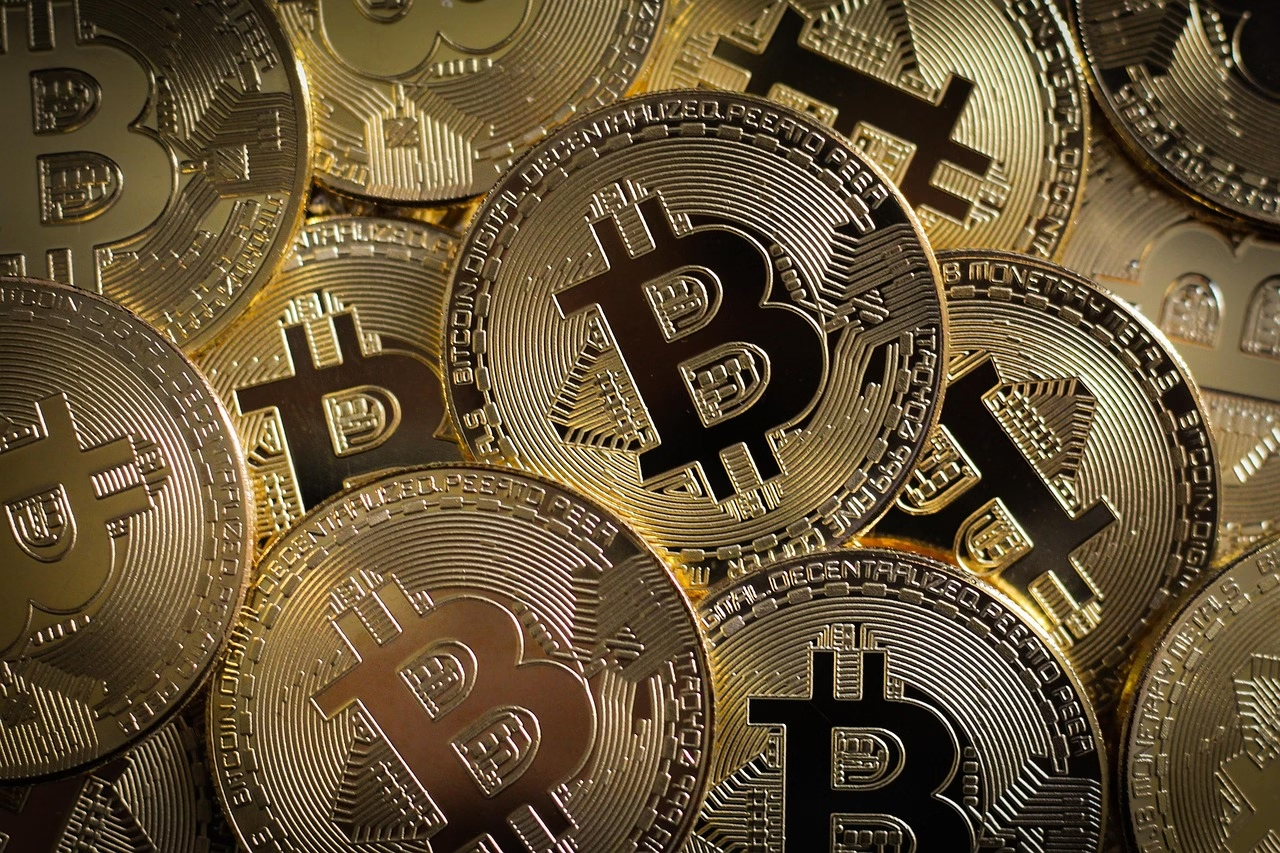“US DOJ to back off money transmitter cases in shift backed
August 23, 2025 | by Sophia Vance

US DOJ Shifts Stance on Crypto Regulation: A Game-Changer
In a landscape where regulatory pressures often feel like a headwind against innovation, the US Department of Justice’s recent move to de-escalate its scrutiny on money transmitter cases involving cryptocurrency marks a pivotal shift. This recalibration is more than just a procedural nuance—it signals a transformation in how federal enforcement views the evolving crypto ecosystem, laying the groundwork for a clearer, more mature regulatory horizon.
From Relentless Enforcement to Strategic Restraint
For years, the DOJ has been aggressive in pursuing money transmitter violations within the crypto space, holding firms and individuals to stringent standards originally crafted for traditional financial services. The result? Ambiguous, heavy-handed oversight that consistently throttled innovation and bred uncertainty. This tactic often conflated decentralized protocols and novel digital asset mechanisms with outdated analogs, leading to unintended consequences for industry growth.
The recent announcement that the DOJ will “back off” from prosecuting certain money transmitter cases tied to cryptocurrency isn’t a retreat but a strategic evolution. It recognizes that the market and technology have matured and that an inflexible, one-size-fits-all enforcement regime is neither practical nor beneficial. This pivot is backed by a nuanced appreciation of the unique characteristics of crypto—its decentralized nature, programmable money capabilities, and the innovation dynamics driving the sector.
Why This Matters: Clarity and Innovation
Clarity is the currency of investment. By differentiating between bad actors and legitimate innovation, the DOJ is fostering an environment where startups and established players can confidently experiment without constant fear of punitive action. This is a signal to capital markets and entrepreneurs alike that the US government is not opposed to crypto progress but intent on shaping a responsible framework where innovation thrives.
“This shift is not about deregulation but recalibration—ensuring regulatory approaches evolve with technology rather than stifle it.”
Enforcement activities focusing on criminal conduct aren’t going away, but the blanket application of money transmitter laws to a wide array of crypto activities will be tempered. This promises not just regulatory relief but an invitation for deeper dialogue between the DOJ, regulators, and the crypto community—a collaborative dynamic that has historically been lacking.
What This Means for Investors and Industry Players
For investors, this development reduces regulatory tail risks that have long haunted crypto assets. The era of unpredictable crackdowns that could derail projects overnight might be nearing an end. Instead, expect more consistent, transparent rulemaking that encourages long-term planning over short-term defensive maneuvers.
Industry players, especially startups and mid-sized firms, can leverage this less adversarial environment to innovate on custody solutions, DeFi protocols, and scalable blockchain applications without immediate fear of unintentionally breaching money transmission laws. This should accelerate product development timelines and usher in improved consumer protections born out of cooperation rather than enforcement pressure.
The Road Ahead: Cautious Optimism
Make no mistake, the DOJ’s pivot is not a free pass. Regulatory scrutiny will remain intense, especially around areas such as fraud, money laundering, and illicit finance. Yet, this move heralds a recognition that regulatory efficacy increases when grounded in understanding and adaptability.
For the broader crypto ecosystem, it’s a clear message: compliance frameworks must evolve in lockstep with innovation. Proactive engagement with regulators, transparent operations, and enhanced consumer safeguards will define the market leaders in this next phase.
The DOJ’s change of course could arguably serve as a catalyst for similar shifts within other agencies—finely tuning the regulatory apparatus to propel the digital asset economy forward. For those who have long advocated for balanced, thoughtful policy approaches, this is a moment to acknowledge the progress and prepare strategically for what’s next.
In Conclusion
The US DOJ’s decision to ease off on aggressive money transmitter enforcement in the crypto context is a decisive signal that regulatory landscapes are evolving. It reflects a deeper understanding that the future of finance is intertwined with digital innovation—and that regulation should protect without smothering.
Investors, innovators, and policymakers alike should take this shift seriously. It’s a pivotal moment—where jurisprudence begins to catch up with technology, and where the promise of crypto’s transformative potential moves one step closer to being fully realized within the framework of law and order.
Stay sharp, stay informed, and most importantly, stay ahead.

RELATED POSTS
View all



